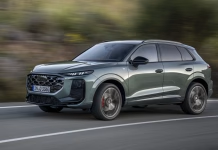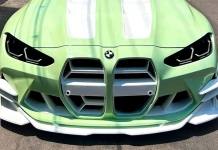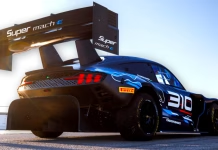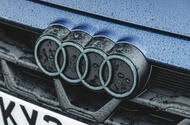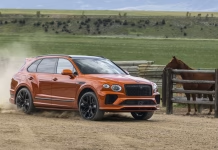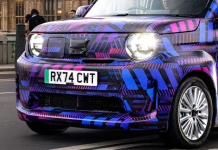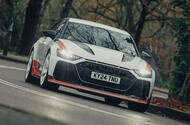Dodge Charger Daytona Faces Recall Over Silent Safety Issue

Unlocking the Future: How Software is Revolutionizing the Automotive Industry
 We're partnering with Siemens, 2025 Autocar Awards sponsor, to explore how software will change the car world
We're partnering with Siemens, 2025 Autocar Awards sponsor, to explore how software will change the car world
Volvo has pushed heavily into the development of 'software-defined vehicles' in recent years – and the firm's software engineering boss will join an Autocar webinar to explain the growing importance of the technology - and you can sign up here for free now.
As its role in vehicle development and functionality becomes ever-more important, there are huge questions over what software means for how we use our cars - and what the future holds.
Hosted by Autocar and technology giant Siemens, the webinar on 25 June will look at answering questions such as how manufacturers can upgrade cars post-purchase, unlocking the untapped potential already built into cars and more.
Siemens is a technology leader with a significant influence on the mobility sphere, and the firm's head of automotive, battery and mobility, Uday Senapati, will take part in the webinar alongside Volvo Cars software engineering boss Alwin Bakkenes. They'll be joined by Autocar deputy editor Felix Page and another special industry guest – to be announced in the coming weeks – for an insightful and interactive deep-dive into the world of automotive software.
Sign up here to watch for free
Mark Tisshaw, Autocar editor, said: “Throughout our collaboration with Siemens, it has become clear just how deeply connected the company is to the automotive industry and how influential its relationships are at every level.
“We are thrilled to partner with Siemens to tell the stories of the industry's most impressive individuals and companies at this year's Autocar Awards ceremony and to hear how the company's insights and expertise are shaping the future of the car in our upcoming webinar.”
The webinar will be broadcast live on Wednesday 25 June from 14:00-15:00, with the opportunity to put questions to our expert guests.
As part of the collaboration, Siemens has been named as the sponsor of the 2025 Autocar Awards, which will celebrate the people and organisations shaping the future of automotive - as well as the best cars on sale.
This year's awards ceremony takes place on 24 June, where Autocar and Siemens will name the industry's most innovative and impactful individuals, and provide a platform for them to tell their stories.
Sign up here to watch for free
Meet the panellists
Uday Senapati

As head of automotive, battery and mobility for the EMEA region at Siemens Advanta, Uday is helping to expand the company's portfolio f consulting and implementation services for the e-mbobility industry.
Having worked at General Motors, JLR, Bentley and Group Lotus, he has a wealth of automotive experience that he will leverage in his efforts to establish Siemens as a leading consulting and integration partner for the increasing number of businesses making a strategy shift towards electric mobility.
Alwin Bakkenes

Alwin is head of software engineering and R&D at Volvo Cars. He leads the team responsible for development of the technology stack at the heart of Volvo's in-car systems and wider user experience.
He has experience in product strategy and programme execution that helps guide Volvo's development of next-level safety technology - working towards autonomy and a software-defined platform.
Revamped and Electrified: The All-New Audi Q3 Unveils Its Hybrid Future in Europe
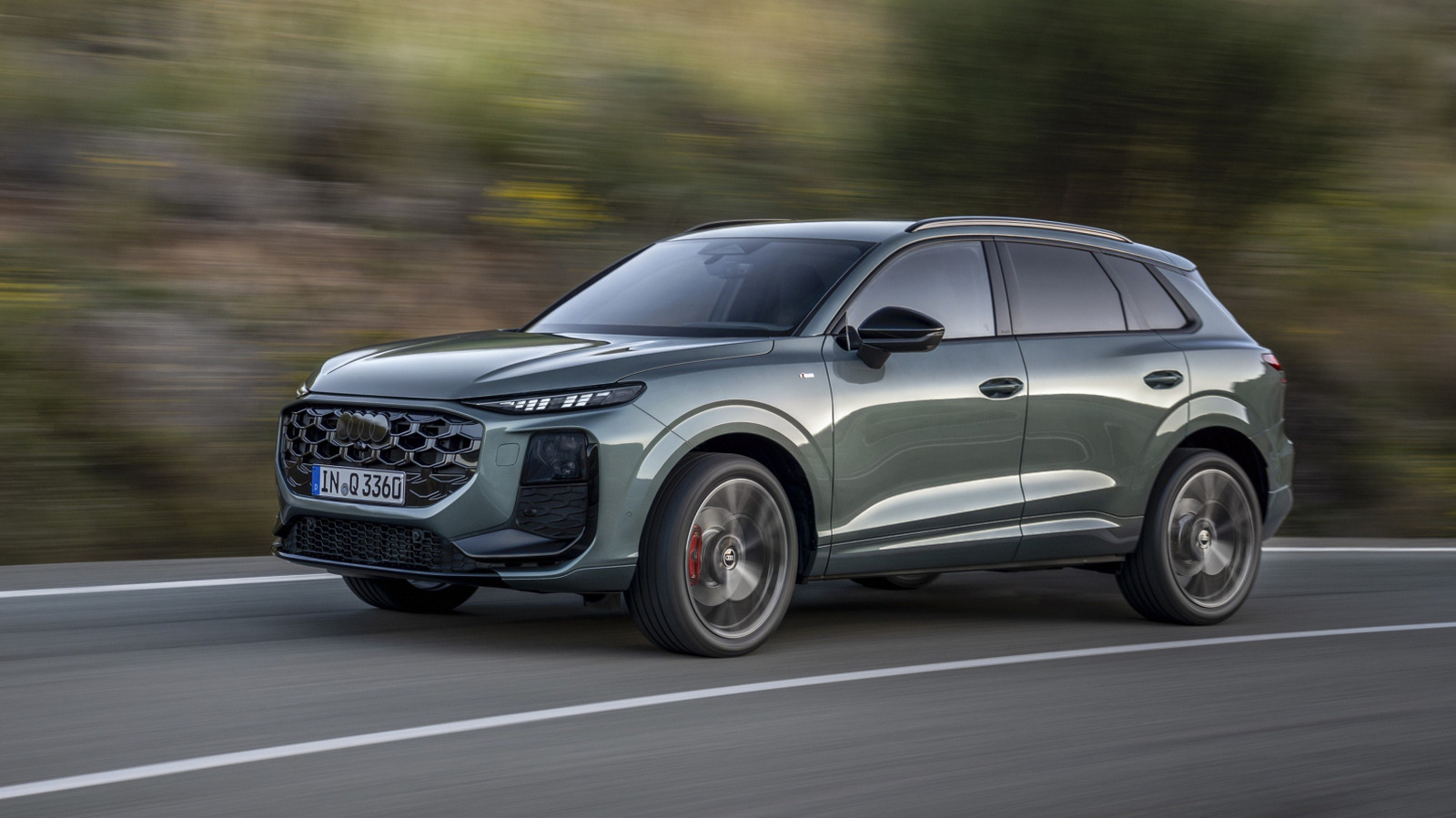
Unconventional BMW M3: A Bold Green Wrap and White Accents Challenge Design Norms
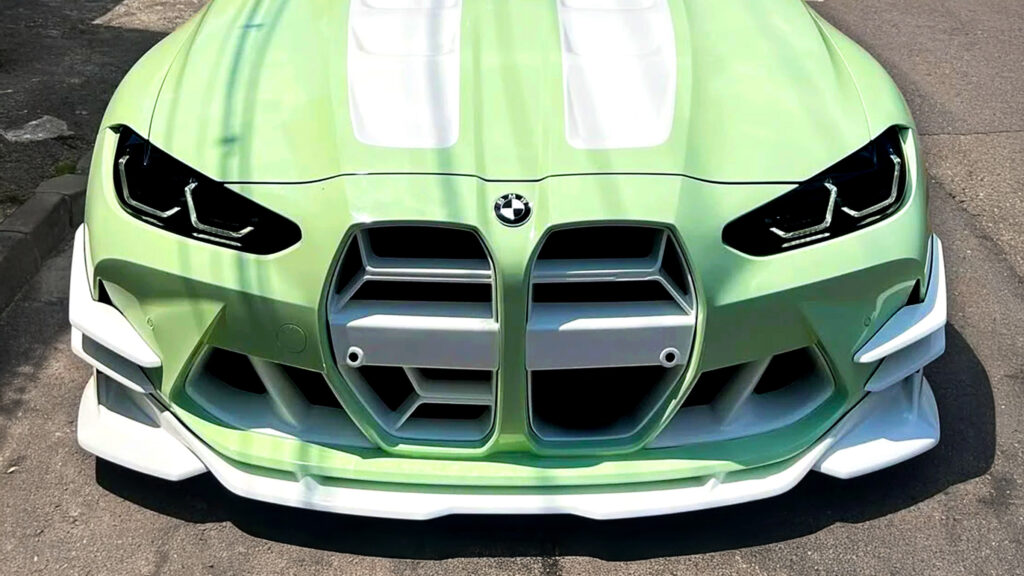
Surviving the Impossible: The Miraculous Tale of a Plane Crash Survivor

Ford’s Mach-E: The Electric Beast Ready to Conquer Pikes Peak
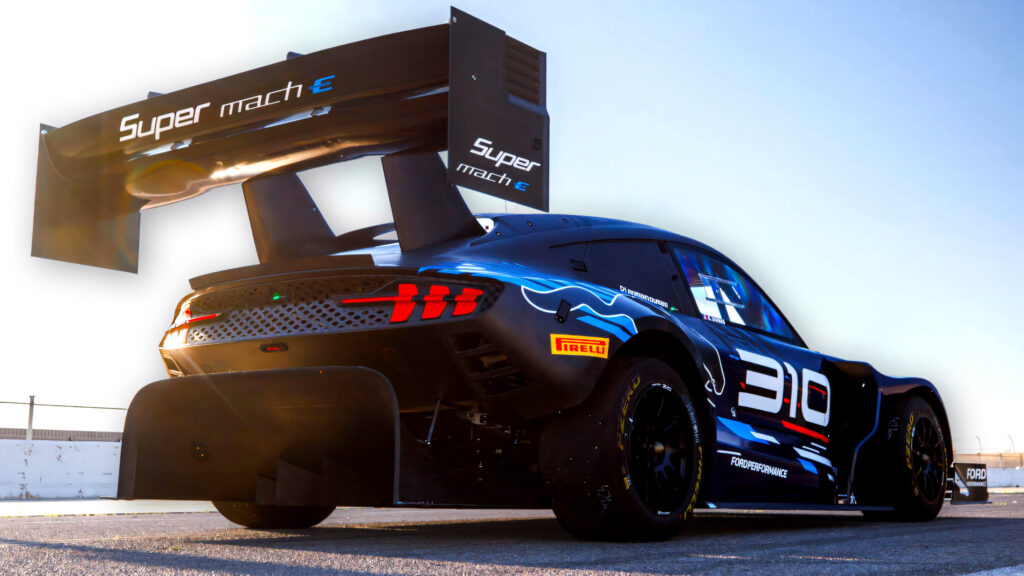
Audi’s Bold New Era: A Sneak Peek at the Future of Design
 Concept with production intent to be shown this year, the first Audi under its new design boss
Concept with production intent to be shown this year, the first Audi under its new design boss
Audi is set to reveal a new concept car later this year that will preview an all-new look for the brand under design boss Massimo Frascella.
Frascella joined Audi from JLR 18 months ago and his impact on the German brand will be seen for the first time before 2025 is out, CEO Gernot Döllner has confirmed.
Döllner did not reveal the size or type of car the concept would preview but did say that Audi would only produce concept cars that have true production intent and it would be “a bold step” for the brand and its design.
“We won’t show studies anymore,” said Döllner. “When we show things, [they] will be substantial. Every concept we show will have a product decision behind it.”
The new design for Audi “would look to the future and the strengths of Audi design, for clarity and to bring that to the future, not copying the past”.
While the new look would take some time to make its way to the road, perhaps 2028 at the earliest working on a three-year production cycle, Döllner said the new Audis in the meantime - the brand is in the middle of rolling out 20 new cars over three years - are machines he is “positive about and excellent products” but “we need a bigger step as a brand”.
Döllner praised the impact Frascella was having on Audi and said that the pair of them had “a clear vision for Audi design”.
He added: “I’m really happy and impressed with that already he has brought on in a year at Audi.”
Unleashing Luxury: The Alluring Power of the 2026 Bentley Bentayga Speed
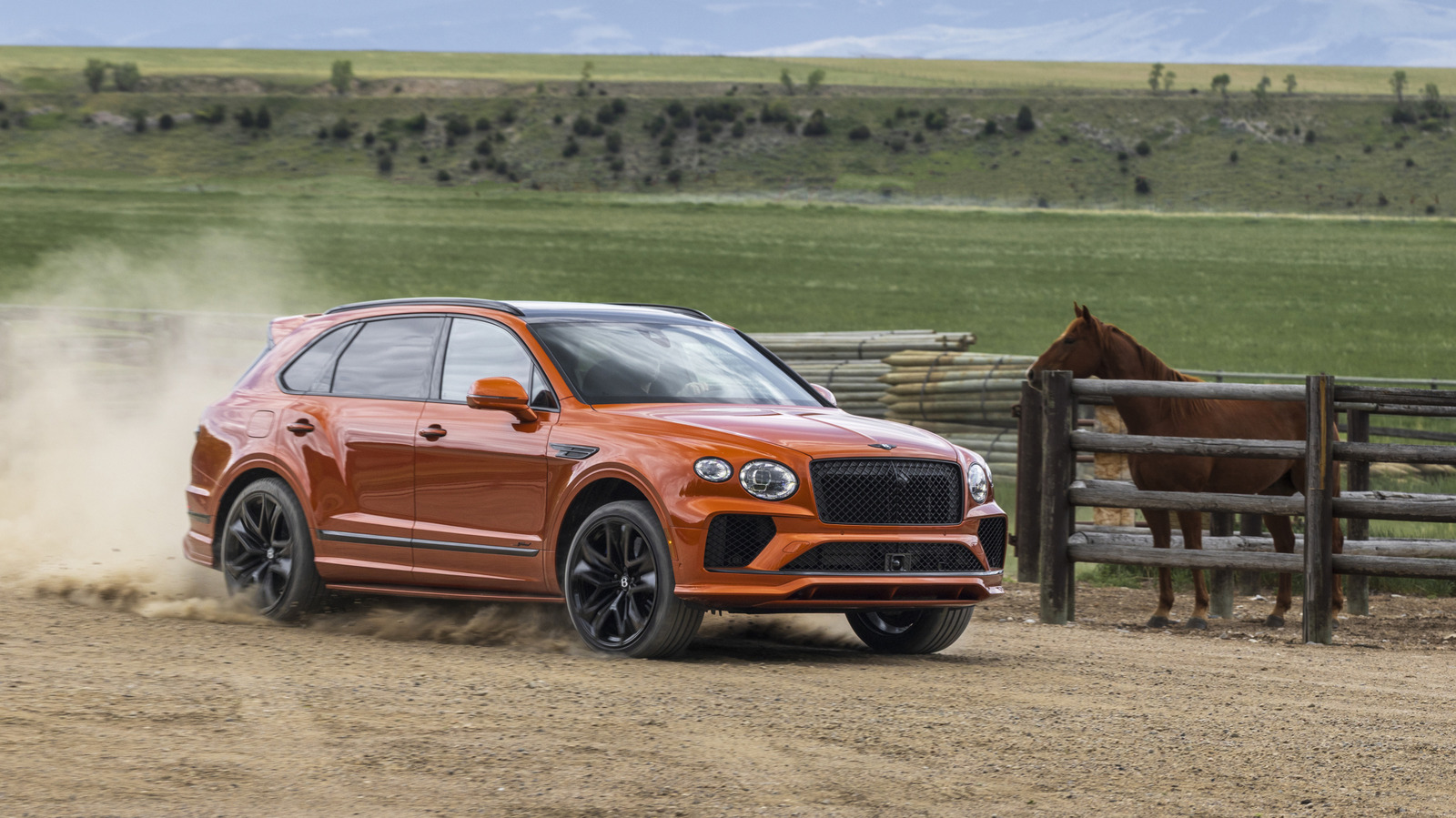
Honda Unveils Super EV Concept: A Fresh Take on Urban Electric Mobility
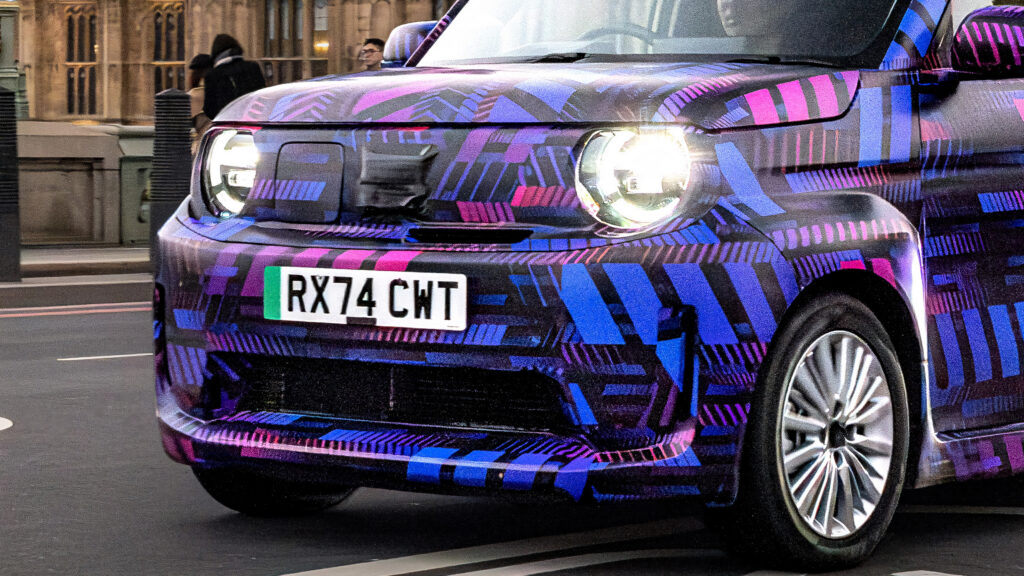
Audi Embraces Flexibility, Extends Internal Combustion Engine Development Timeline

Extra "flexibility" in powertrains includes Audi's RS modelsFirm will keep developing ICE models to stay “flexible” for the future
Audi has reversed its decision to end the development and sale of internal combustion engined vehicles in 2033 and now has no fixed date for such a plan.
The German firm had previously planned to end development of internal combustion engines next year. At one stage it planned to launch no new ICE cars are 2026, but had already hinted that plan has been ditched.
Speaking to Autocar, CEO Gernot Döllner emphasised that he “had not been the one to communicate the end date”, the decision having been taken by previous management. But he confirmed he had reversed it as he “believes in flexibility”, a decision that also includes Audi’s high-performance RS models.
He said: “Audi is launching from 2024-2026 a completely new line-up of internal combustion engine and plug-in hybrid vehicles, and that gives us complete flexibility for at least another seven, eight, maybe 10 years, and then we will see how our markets develop.
“We have already decided to extend the production beyond the communicated end dates of the past.”
Döllner also confirmed Audi would lead development of all Volkswagen Group hardware and software architectures for larger models in the future (essentially anything from an A5-sized vehicle and up), including the next-generation SSP platform that would see the Group move to ‘software-defined vehicles’ for the first time. This project involves Rivian, whom the VW Group has invested in, and the first Audis on the SSP platform would hit the market in late 2027/2028.
Audi is however trimming its model range and it has no plans to replace the A1 and Q2 models. The Q3 and A3 models would represent the entry point of the range, with the A8 the range-topper on the “low car” side and the Q7 and Q8, and a mooted Q9, where the range would end on the SUVs and crossovers.
An all-electric A3-sized model was in development for 2026 as an additional model in the range, Döllner confirmed, but there were no plans for Audi to create its own version of the Volkswagen ID 2/Skoda Epiq/Cupra Raval entry-level electric car.
The brand's new Formula 1 team would also “inspire us to think about road cars of the future”, according to Döllner in reference to any specific models that might link the road and race efforts but there would also be learnings from efficiency and hybrid powertrain management from the new F1 engine rules that could filter down to Audi’s road cars, too.
When asked if the F1 team meant Audi was considering a return for the likes of the R8 and TT, Döllner said the firm was “thinking about everything…we are car guys, let yourself be surprised”.
When asked he expand, he said” “There is room for Audi in such fields. We are evaluating different options but it’s a little too early to talk about that.”



